Description
For the short-term treatment of insomnia.
Zopiclone is a novel hypnotic agent used in the treatment of insomnia. Its mechanism of action is based on modulating benzodiazepine receptors. In addition to zopiclone’s benzodiazepine pharmacological properties it also has some barbiturate like properties.
It is used to help people with sleeping difficulties, also called insomnia. It can help you fall asleep and to reduce the number of times you wake up during the night. It is used for short term treatment (2-4 weeks) of insomnia. It is not recommended for use for more than 4 weeks at a time.
Pharmacodynamics
Zopiclone is a nonbenzodiazepine hypnotic from the pyrazolopyrimidine class and is indicated for the short-term treatment of insomnia.
While Zopiclone is a hypnotic agent with a chemical structure unrelated to benzodiazepines, barbiturates, or other drugs with known hypnotic properties, it interacts with the gamma-aminobutyric acid-benzodiazepine (GABABZ) receptor complex.
Subunit modulation of the GABABZ receptor chloride channel macromolecular complex is hypothesized to be responsible for some of the pharmacological properties of benzodiazepines, which include sedative, anxiolytic, muscle relaxant, and anticonvulsive effects in animal models.
Zopiclone binds selectively to the brain alpha subunit of the GABA A omega-1 receptor.
Mechanism of action
Zopiclone exerts its action by binding on the benzodiazepine receptor complex and modulation of the GABABZ receptor chloride channel macromolecular complex.
Both zopiclone and benzodiazepines act indiscriminately at the benzodiazepine binding site on α1, α2, α3 and α5 GABAA containing receptors as full agonists causing an enhancement of the inhibitory actions of GABA to produce the therapeutic (hypnotic and anxiolytic) and adverse effects of zopiclone.
Side effects
All medicines may cause side effects, but many people have no, or minor, side effects.Some medical conditions may interact with Zopiclone.
Tell your doctor or pharmacist if you have any medical conditions.
Rare individual instances of fatal outcomes following overdose with racemic zopiclone have been reported in European postmarketing reports, most often associated with overdose with other CNS-depressant agent. Signs and symptoms of overdose effects of CNS depressants can be expected to present as exaggerations of the pharmacological effects noted in preclinical testing.
This is not a complete list of all side effects that may occur. If you have questions about side effects, contact your health care provider.

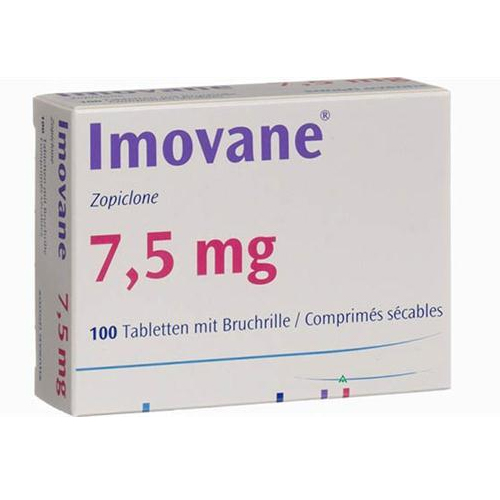
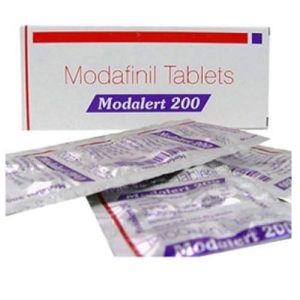
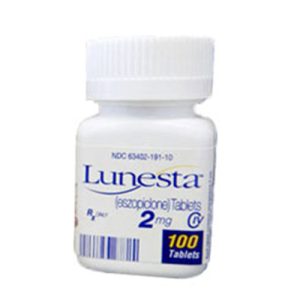
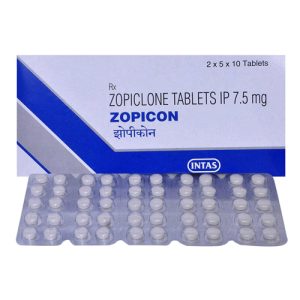
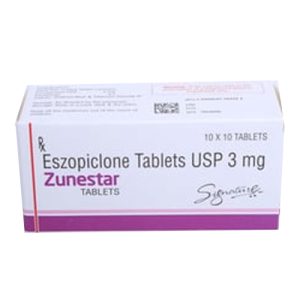
Reviews
There are no reviews yet.